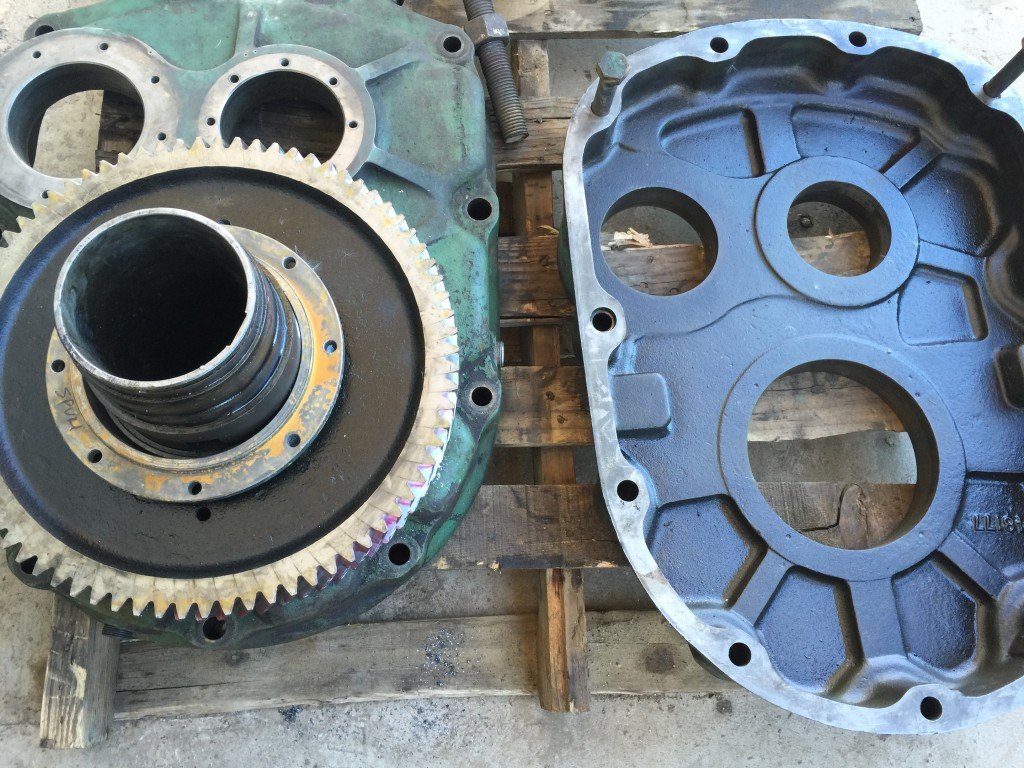Mobile:+86-311-808-126-83
Email:info@ydcastings.com
Exploring the Functionality and Design of Diesel Engine Exhaust Systems
Understanding Diesel Engine Exhaust Pipes Structure, Function, and Importance
Diesel engines play a crucial role in numerous sectors, ranging from transportation to industrial applications. One key component of these engines is the exhaust system, particularly the exhaust pipe. Understanding the function and structure of diesel engine exhaust pipes is essential for anyone interested in automotive engineering, environmental science, or maintenance practices.
At its core, the exhaust pipe serves as the final pathway for the gases produced during the combustion process inside the engine. When diesel fuel is injected into the combustion chamber, it mixes with air and is ignited, producing energy that drives the engine. The byproducts of this combustion include nitrogen oxides, carbon dioxide, and particulate matter, all of which must be expelled from the engine to ensure optimal performance and to minimize harmful emissions.
The design of the diesel engine exhaust pipe is inherently linked to its function. Typically made of durable materials such as stainless steel or aluminized steel, these pipes must withstand high temperatures and corrosive substances generated during combustion. The shape and size of the exhaust pipe also play significant roles. A well-designed exhaust pipe can ensure proper exhaust flow, reducing back pressure and improving engine efficiency.
diesel engine exhaust pipe

Moreover, modern diesel engines are equipped with advanced exhaust treatment systems, such as diesel particulate filters (DPFs) and selective catalytic reduction (SCR) systems. These devices work in conjunction with the exhaust pipe to reduce harmful emissions. The DPF traps soot and other particulate matter, while the SCR system injects a urea solution into the exhaust stream, converting nitrogen oxides into harmless nitrogen and water vapor. These innovations underscore the importance of the exhaust pipe in achieving compliance with environmental regulations and promoting cleaner air.
Maintenance of the diesel exhaust system is a critical aspect of vehicle care. Over time, exhaust pipes can corrode, develop leaks, or become clogged, leading to reduced engine performance and increased emissions. Regular inspections and timely replacements of damaged components are essential to keep the exhaust system functioning effectively.
For vehicle operators and engineers, understanding the importance of the exhaust pipe goes beyond just functionality. The evolution of diesel technology has led to significant advancements in exhaust systems, driven by stricter emission standards and growing environmental concerns. As the automotive industry continues to evolve, there is a trend towards incorporating more efficient and environmentally friendly technologies. This includes the development of electric and hybrid vehicles, which, while reducing reliance on diesel engines, still emphasize the importance of effective exhaust management in traditional vehicles.
In summary, the diesel engine exhaust pipe is a vital component that plays an integral role in both engine performance and environmental stewardship. By facilitating the safe expulsion of combustion gases and helping to reduce harmful emissions, it contributes to the overall efficiency and sustainability of diesel engines. As technology progresses and environmental regulations become more stringent, the continued improvement and maintenance of exhaust systems will remain a priority for automakers and diesel engine operators alike. Understanding the dynamics of the exhaust pipe not only enhances the knowledge of engine mechanics but also highlights the broader implications for environmental health and innovation in transportation technology.











